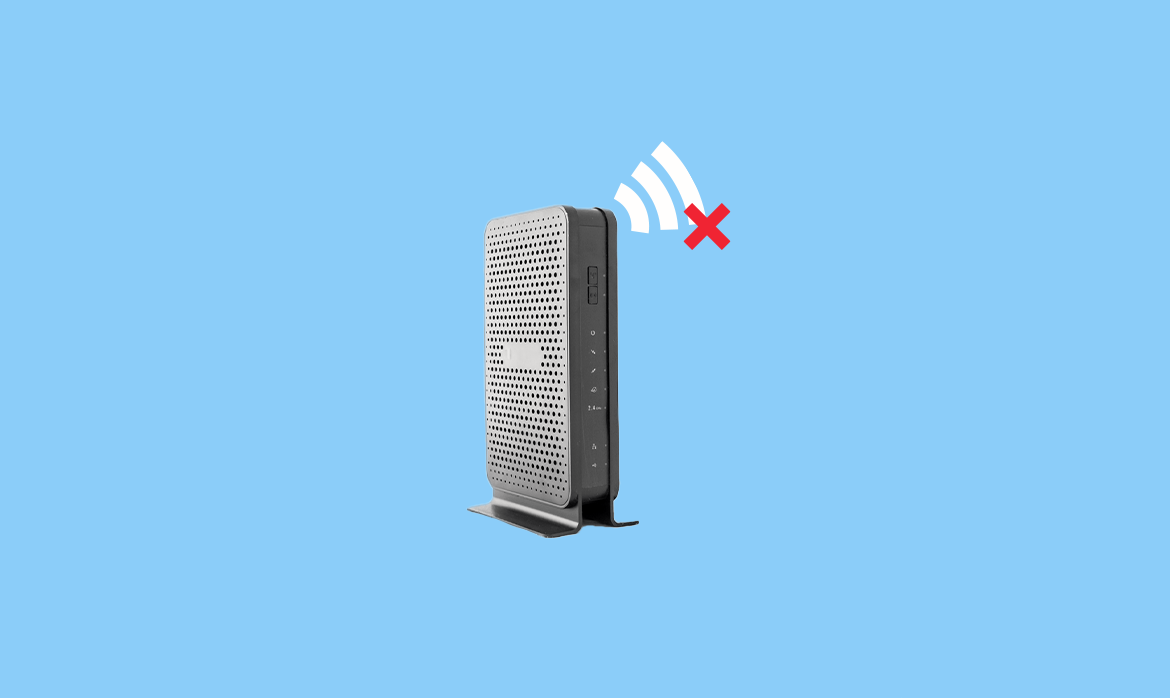In today’s interconnected world, a stable and reliable internet connection is vital for seamless communication, work, and entertainment. However, there are times when even the most robust networks experience hiccups, leaving us frustrated and disconnected. In this article, we’ll explore the top three reasons for internet connectivity loss: network congestion, equipment failure, and inclement weather. By understanding these factors, you can be better prepared to address and mitigate disruptions to your online experience.
- Network Congestion
One of the most common culprits behind internet connectivity loss is network congestion. Imagine a busy highway during rush hour; as more vehicles hit the road, traffic slows down, and the journey becomes less smooth. Similarly, network congestion occurs when there’s an excessive number of users or devices accessing the same network simultaneously.
| Factors Contributing to Network Congestion | Mitigation Strategies |
| Peak Usage Times High-Demand Applications Shared Networks | Off-Peak Usage Quality of Service (QoS) Settings Upgrade Your Plan |
Factors Contributing to Network Congestion:
Networks can become congested during peak usage hours, such as evenings when many people are streaming videos or engaging in online activities. Bandwidth-intensive applications like video conferencing, gaming, or large file downloads can strain the network and lead to congestion. In environments where multiple users or devices share the same network, such as in apartment buildings or office spaces, network congestion can occur more frequently.
Mitigation Strategies:
Consider using the internet during off-peak hours to avoid congested periods. Some routers allow you to prioritize certain applications or devices, ensuring that critical tasks receive sufficient bandwidth. If network congestion is a persistent issue, upgrading to a higher bandwidth plan can provide a smoother online experience.
- Equipment Failure
Modern internet connectivity heavily relies on a complex web of equipment, including routers, modems, switches, and cables. When any of these components experience failure or glitches, it can disrupt your connection and leave you stranded without internet access.
| Common Causes of Equipment Failure | Mitigation Strategies |
| Hardware Malfunctions Software Glitches Physical Damage | Regular Maintenance Backup Equipment Professional Support |
Common Causes of Equipment Failure:
Defective or aging hardware components can lead to intermittent connectivity issues. Firmware or software updates that are not properly installed or incompatible with your devices can cause connectivity disruptions. Accidental damage to cables, routers, or other equipment can impair their functionality.
Mitigation Strategies:
Perform routine checks on your equipment to ensure they are functioning correctly and update firmware as needed. Keep spare routers, modems, or cables on hand in case of unexpected equipment failure. In cases of complex equipment failure, seeking assistance from IT professionals can help identify and resolve the issue.
- Inclement Weather
Nature has a way of reminding us of its power, and inclement weather is a significant disruptor of internet connectivity. Storms, heavy rain, snow, or other extreme weather conditions can damage infrastructure, such as cables and antennas, leading to temporary or prolonged outages.
| Impact of Inclement Weather | Mitigation Strategies |
| Physical Damage Electrical Interference Signal Blockage | Weatherproofing Surge Protectors Alternate Connectivity |
Impact of Inclement Weather:
High winds, flooding, or debris can physically damage network infrastructure, causing cables to break or antennas to become misaligned. Lightning strikes and electrical surges can disrupt network equipment and cause hardware failure. Heavy rain or snowfall can attenuate or block wireless signals, affecting the strength and stability of your connection.
Mitigation Strategies:
Ensure that outdoor network equipment is properly weatherproofed and shielded from the elements. Use surge protectors to safeguard network equipment from sudden power surges during storms. Consider using a mobile hotspot or tethering to a smartphone in case of prolonged outages.
Internet connectivity loss can be frustrating, but understanding the top three reasons behind it—network congestion, equipment failure, and inclement weather—can empower you to take proactive steps to address and mitigate disruptions. By staying informed and adopting effective mitigation strategies, you can minimize downtime and ensure a smoother online experience, even in the face of these common challenges. Remember, a little preparedness goes a long way in navigating the digital realm with confidence and resilience.

